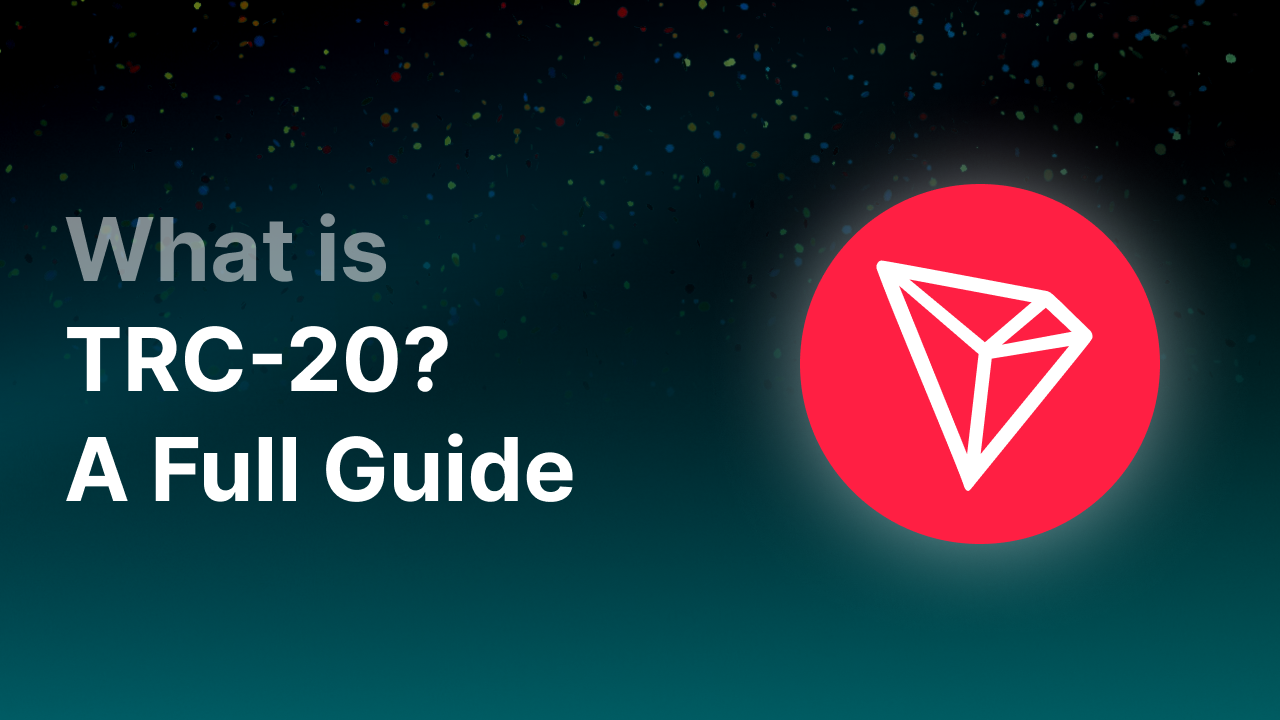What is Ripple Labs and what does it mean for XRP?

What is Ripple Labs?
Ripple Labs is an American technology company that provides blockchain products to make international payments faster, cheaper, and more transparent. While traditional banks sometimes take days for a cross-border wire transfer to complete, Ripple Labs enables money transfers in just a few seconds.
Ripple Labs accomplishes this through its RippleNet network, which connects banks and payment providers around the world. Ripple Labs is also the company behind the cryptocurrency XRP, which can be used to easily trade between different fiat currencies. Ripple Labs positions itself as a bridge between the traditional banking world and the emerging crypto ecosystem.
Key Takeaways
- Ripple Labs is a U.S.-based fintech company that uses blockchain technology to make international payments faster, cheaper, and more transparent.
- Through the RippleNet network, banks can transfer money worldwide within seconds using XRP as a bridge currency.
- XRP is Ripple’s cryptocurrency, but it runs on an independent network (XRPL) and is technically separate from Ripple Labs.
- Ripple works with banks instead of replacing them, positioning itself as a bridge between traditional finance and crypto.
- The long-running SEC lawsuit concluded in 2025, ruling that XRP is not a security when traded on exchanges, marking a partial victory for Ripple.
Who are the founders of Ripple Labs?
Ripple Labs was founded in 2012 by Chris Larsen and Jed McCaleb, two pioneers in the fintech sector. Larsen was an experienced entrepreneur who saw opportunities to improve inefficiencies in international banking systems. McCaleb, who had previously helped found the crypto exchange Mt. Gox, brought technical expertise in blockchain technology. McCaleb left Ripple relatively early and later founded Stellar (XLM).
Another key figure within the company is David Schwartz, the current Chief Technology Officer (CTO) of Ripple Labs. Schwartz is regarded as one of the main architects of the XRP Ledger (XRPL) and its underlying consensus mechanism. Through his technical vision and experience as a software architect, he played a crucial role in developing the blockchain technology that powers Ripple.
Together, they began developing the Ripple protocol, a system that enabled value exchange without the need for traditional clearinghouses. Ripple Labs then expanded through dozens of partnerships with major financial institutions, growing into one of the most influential blockchain companies in the world.
How does RippleNet work?
RippleNet is Ripple Labs’ system that connects networks of financial institutions across the globe. Its goal is to make international payments easier, without the delays and high costs associated with the traditional SWIFT system. Ripple Labs uses a technology called On-Demand Liquidity (ODL), which temporarily uses XRP as a bridge currency between two national currencies.
Example:
If a bank wants to send euros to Mexico, RippleNet converts the euros into XRP. It then sends them via the blockchain and converts them back into pesos in Mexico. This entire process happens within seconds. With RippleNet, banks no longer need to hold large sums in foreign accounts, freeing up more liquidity and reducing costs.
What is the difference between Ripple and XRP?
Although the terms Ripple and XRP are often used interchangeably, they are distinct. Ripple (Labs) is the company that develops and maintains the technology, while XRP is the cryptocurrency used within Ripple Labs’ network.
The XRP Ledger (XRPL) is the independent network that runs the XRP cryptocurrency. Instead of Proof-of-Work or Proof-of-Stake, XRPL uses its own consensus mechanism, enabling fast and energy-efficient transactions. In other words, anyone can use or trade XRP without being directly involved with Ripple Labs. However, Ripple Labs still owns a large portion of XRP tokens, which influences the perception of centralization.
What is the difference between Ripple Labs and traditional banks?
The biggest difference between Ripple Labs and traditional banks lies in technology and speed. While traditional banks rely on the slow SWIFT system, Ripple Labs uses modern blockchain technology that allows near-instant transactions across borders and time zones. Ripple Labs does not work against banks but rather partners with them, offering technology that makes existing financial systems more efficient.
While Satoshi Nakamoto designed Bitcoin as an alternative financial system, Ripple aims to modernize existing institutions. Banks using RippleNet retain their current roles within the financial system but benefit from faster transactions, lower costs, and greater transparency. Ripple has positioned itself as an innovator within the existing financial ecosystem rather than a replacement for it.
The Ripple Labs–SEC lawsuit
The lawsuit between Ripple Labs and the U.S. Securities and Exchange Commission (SEC) was a major topic in the crypto world for years. In December 2020, Ripple Labs was sued by the SEC, which claimed Ripple had sold unregistered securities because XRP, in its view, was not a typical cryptocurrency but a financial instrument subject to stricter regulation. Ripple countered, arguing that XRP is a digital currency similar to Bitcoin or Ethereum.
After years of legal battles, a key ruling came in 2023: the judge determined that XRP is not a security when traded on exchanges or among individuals, but is a security when sold directly to institutional investors. The high-profile case formally concluded in August 2025 when both parties withdrew their appeals and a fine was set.
Ripple viewed the outcome as a partial victory. The case also heavily influenced discussions about crypto regulation in the United States. The ruling is seen as a legal milestone, as it was the first to distinguish between secondary trading of cryptocurrencies and direct sales by issuers.
Criticism and controversy surrounding Ripple Labs
Despite its success and innovation, Ripple Labs has faced criticism. One major concern is centralization: Ripple still owns a large share of all XRP tokens. Many critics see this as contrary to the decentralized nature of crypto. Others argue that Ripple’s close cooperation with banks makes it less “crypto-native” compared to projects like Bitcoin or Ethereum.
The SEC lawsuit also caused reputational damage and volatility in the XRP price. Nevertheless, Ripple Labs remains popular among financial institutions due to its proven technology and value proposition. Supporters view Ripple Labs as a bridge between traditional finance and the blockchain world.
Final thoughts
Ripple Labs has evolved into an influential player that bridges the gap between traditional banking and blockchain. Instead of replacing the current system, Ripple collaborates with financial institutions to make international payments faster, cheaper, and more efficient. With RippleNet and XRP as a bridge currency, the company offers a powerful alternative to the slow SWIFT system. Despite criticism about XRP’s centralization and the long SEC lawsuit, which concluded in Ripple’s favor in 2025, the company remains a pioneer in integrating blockchain into the global financial system.
__01KC926A15P1A0X3VR6DBBV1FK.png)



